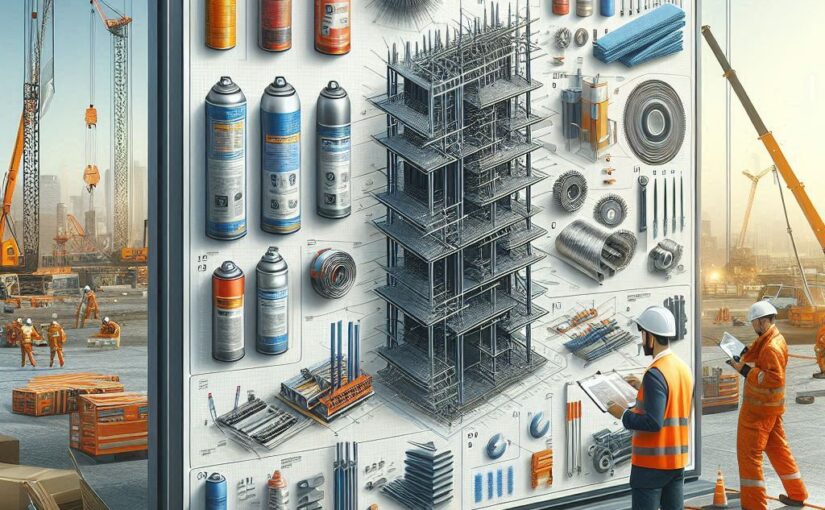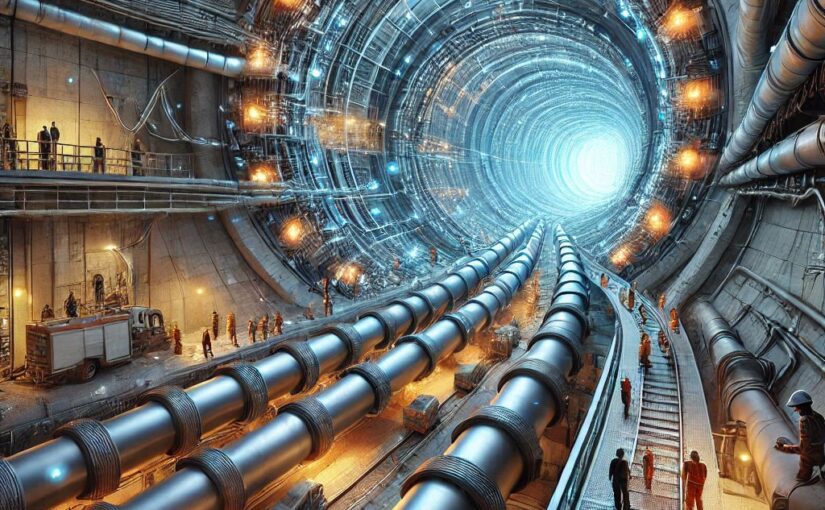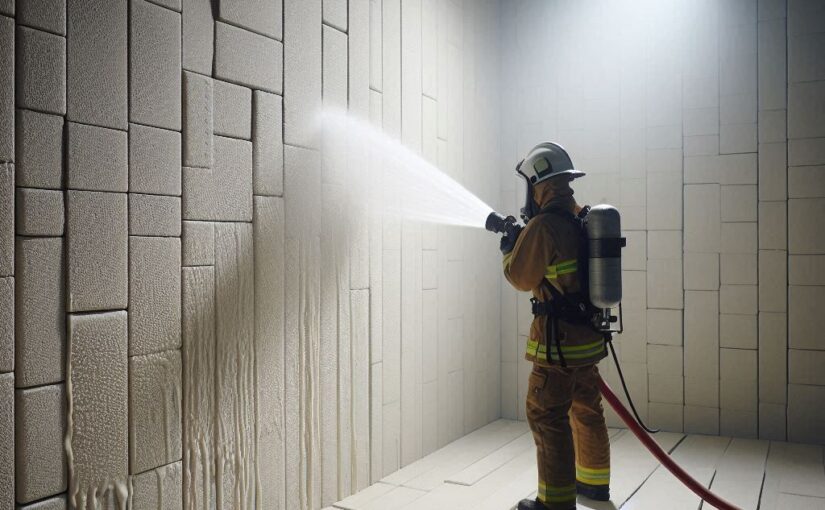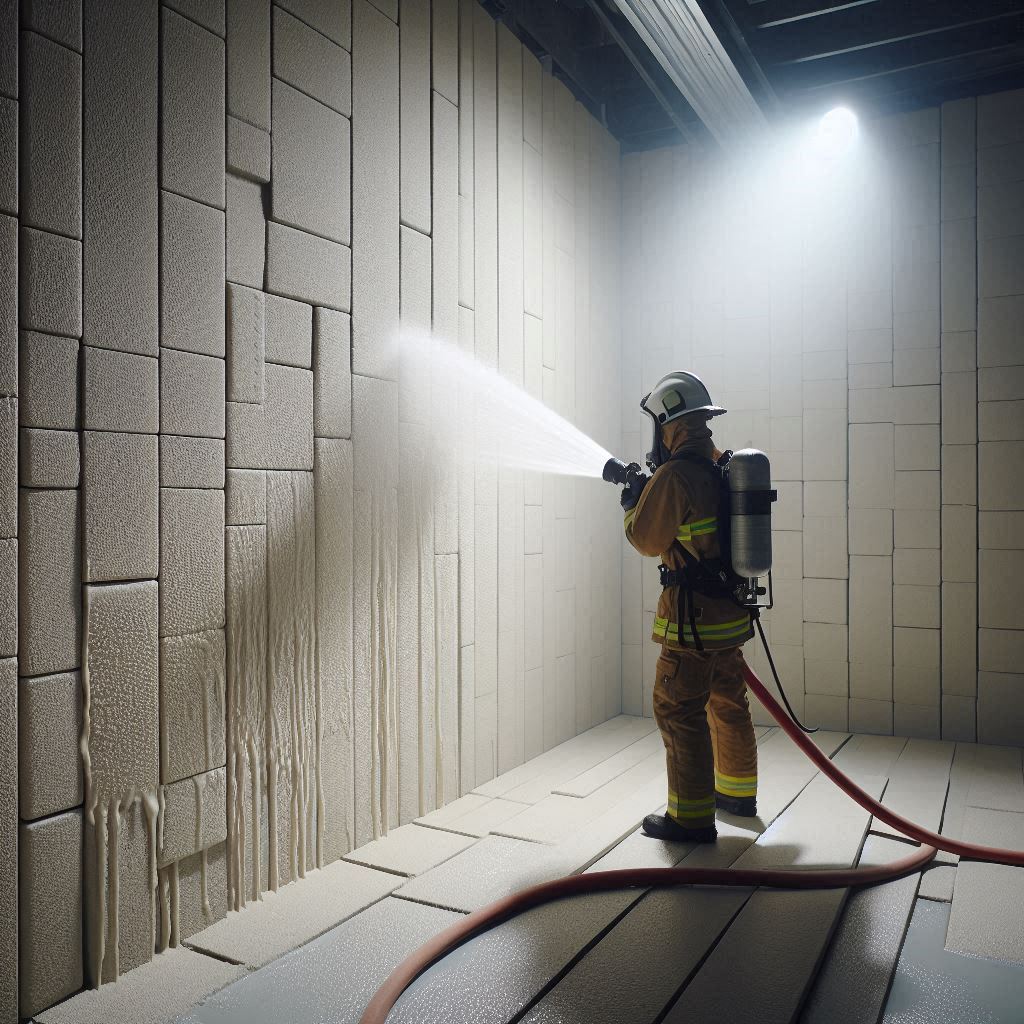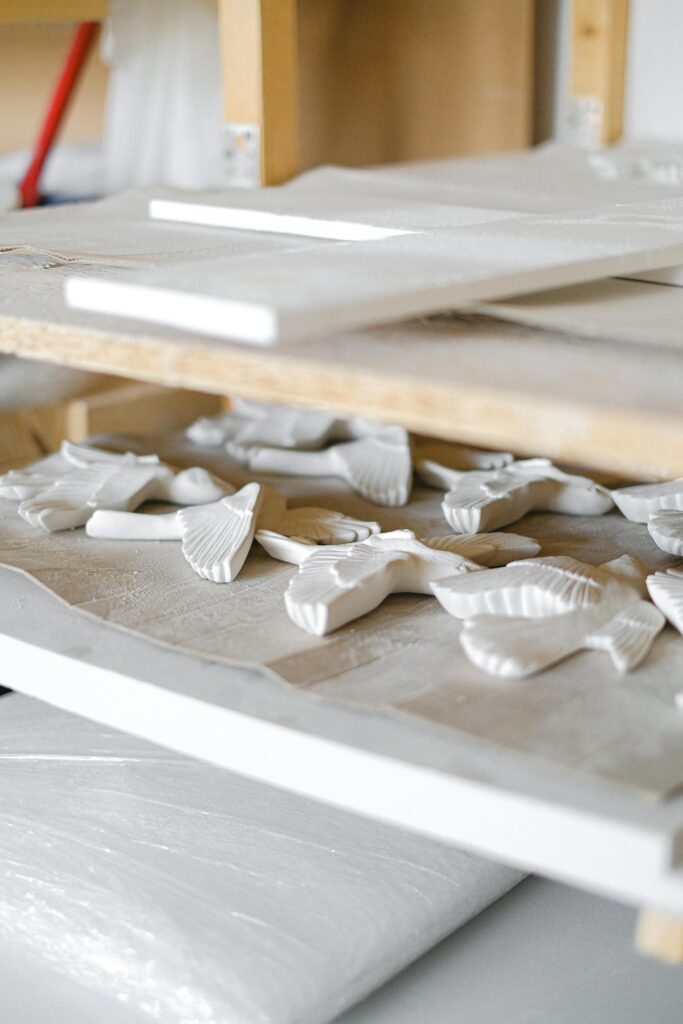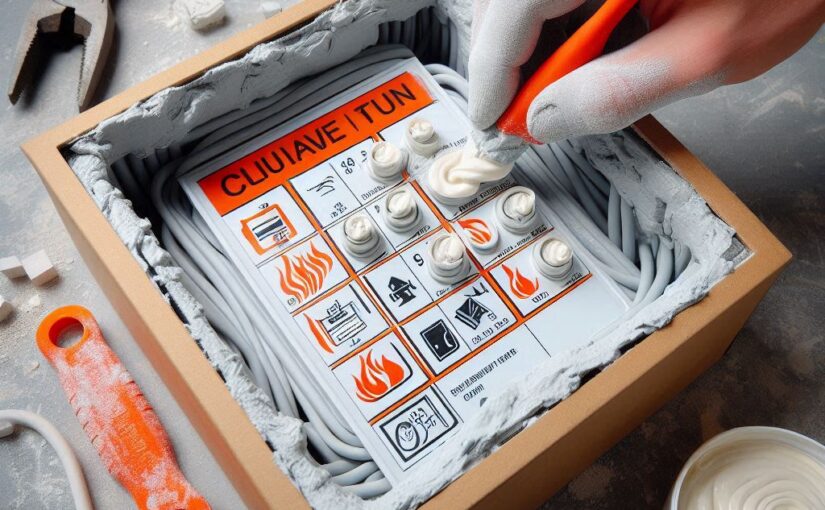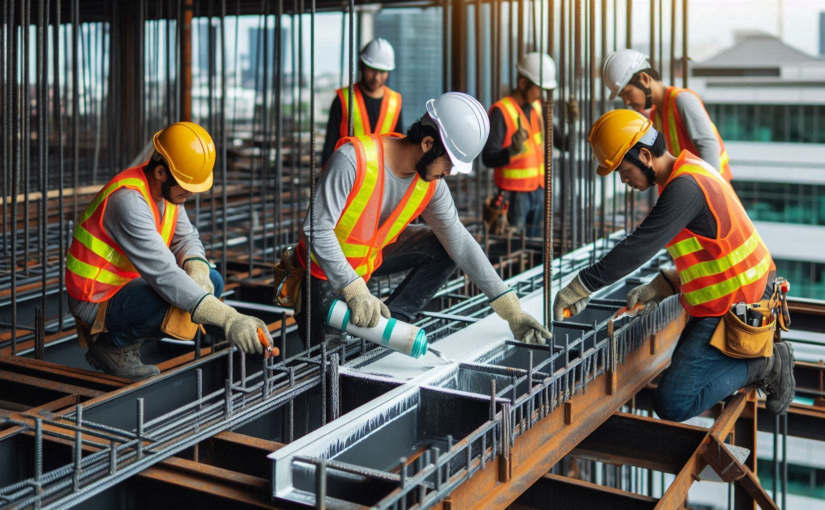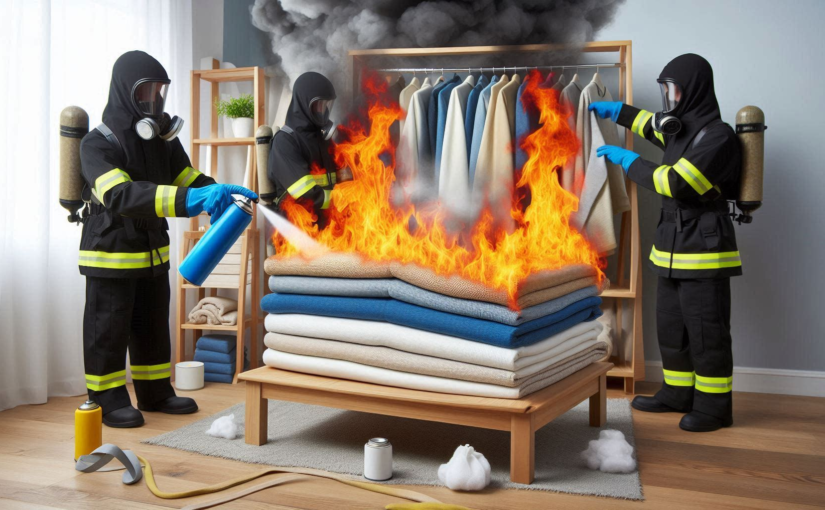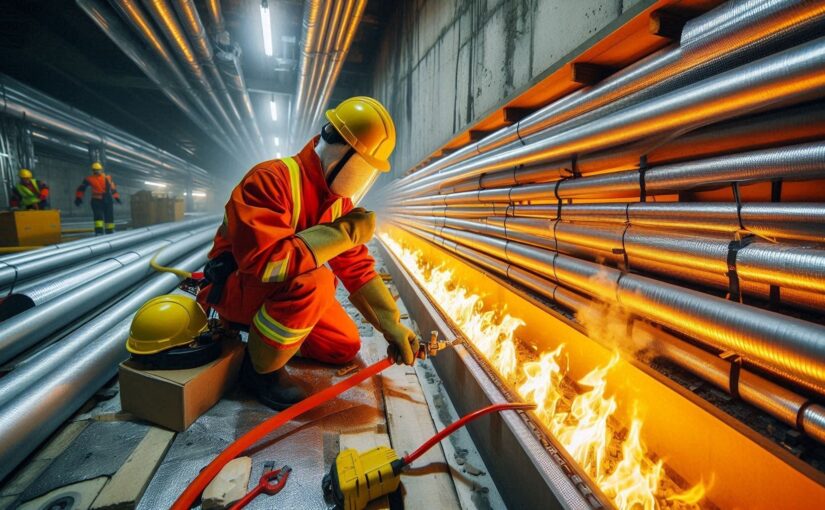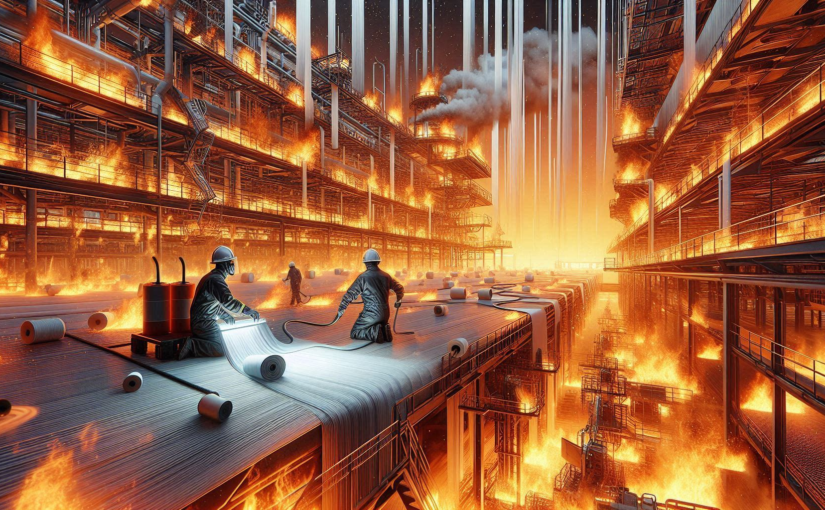Fire is the most devastating damage that can occur in structural settings including residential, commercial or industrial buildings.
From short circuits to human negligence or outage of a fire breakout, fire accidents can be unprecedented. They are the most destructive form of accident causing property damage and loss of life. That is why taking proactive steps towards fire safety is not a choice; but a necessity to protect the structures from unpredictable fire accidents.
Among the many fire safety measures, fire-resistant paint has emerged as an effective and simple solution that can significantly slow down the spread of fire. The paint gives enough time for the occupants to leave the building and for the firefighters to arrive at the site and begin their fire control work.
What is a Fire Resistant Paint?
Fire-resistant paint is a robust fire-stop barrier system that is also known as intumescent or fire retardant paint, a specially formulated coating designed to resist ignition and minimize the spread of flames on surfaces like walls, ceilings, structural steel and wood.
This paint reacts to the high temperature of fire. When exposed to fire, the fireproofing paint for the steel structure expands and forms a protective insulating layer that slows down heat transfer and flame penetration.
Why is fire-resistant paint perfect for steel structural fireproofing?
- Thermal Insulation: The intumescent paint expands in contact with extreme heat during a fire. This forms a thick char that insulates the steel from high temperatures.
- Delays Collapse: The paint helps maintain the steel’s structural strength for at least two hours preventing collapse during the fire breakout.
- Lightweight: By applying the fire-resistant paint, there is no addition of any weight to the structure as the paint is light in weight unlike cladding or concrete encasement.
- Space-Saving: The thin film coating preserves the space, ideal for modern architecture and interiors.
- Easy to Apply: The intumescent paint is easy to apply on-site or off-site using a brush, roller or spray.
- Aesthetic Look: The paint is available in various finishes to meet the architectural and design needs of the structure.
- Code Compliance: The paint meets the NBC and IS codes for steel fireproofing.
- Cost-Effective: The fireproofing paint for steel structures is cost-effective as compared to heavy fireproofing materials.
- Versatility: The paint can be used for multiple purposes including beams, columns and steel frames in commercial, industrial and residential buildings.
- Low Maintenance: Once applied, this paint offers long-term protection with minimal upkeep.
How the fire fire-resistant pain work?
There are two main types of fire-resistant paints-
- Intumescent Paint: This paint expands fifty to a hundred times its original thickness when exposed to high temperatures. The paint forms a thick foam-like layer that insulates the surface. It is widely used on structural steel and wood.
- Fire-Retardant Paint: This paint chemically slows down the combustion process. It does not expand but helps reduce flammability. They are commonly used in interior walls, ceilings and wooden surfaces.
Key life-saving benefits of fire-resistant paint
- Slows down the fire spread: One of the most dangerous aspects of fire breakout is that it quickly spreads. Fire retardant paint for cables delays the fire spread, giving the occupants extra time to vacate the building. In buildings with many floors or limited exists, this can make the difference ensuring every occupant can evacuate the spot and no life is lost.
- Reduces smoke generation: Thick smoke is the leading cause of injury and death in fire accidents. Vermiculate coating for steel structure help minimize smoke production, improving visibility and air quality during evacuation. This makes it easier for people to find their way out and for firefighters to navigate the structure.
- Protects Structural Integrity: The collapse of structural elements like steel beams is a major risk during a fire. The fire retardant paints act as a thermal barrier, protecting these elements for longer, and preventing collapse, which otherwise can cause mass casualties.
- Safe Escape routes: Fire-resistant paint is applied on escape routes, staircases and corridors; these can be used by the occupants to evacuate for a longer time. The paint ensures that the people will have a clear and safe path to exit, minimizing panic and stampeded-like situations.
- Time for Firefighters: Every second counts during a fire accident. The paint slows the fire’s progress, buying valuable time for the fire-fighters to reach the location, control the blaze and rescue trapped individuals.
What are the ideal places to use fire-resistant paint?
- Commercial Buildings
- Residential Apartments
- Factories and Warehouses
- Educational Institutions
- Public Infrastructure
Indian Regulations- Fire Resistant Paint
The National Building Code (NBC) of India emphasizes the importance of passive fire protection which includes fire-resistant coatings. According to the NBC regulations, high-rise and industrial buildings must have fire-retardant paint to safeguard lives and structures. The paint is used to help meet the compliance norms.
Choosing the right fire-retardant paint for your structure
- Check the certified fire rating. The rating is specified in terms of minutes it can resist for instance 30, 60 or more.
- Check the material compatibility. Different paints are suited for different surfaces. Choose the one accordingly.
- Make sure the intumescent paint meets the IS standards or has approvals from fire safety authorities
- It is advisable to work with certified professionals to apply fire-resistant paint to the structure. The experts prepare the surface before application and consider the apt paint thickness ensuring effectiveness.
Fire-resistant paint protects human life during a fire accident; making it a must-have element in every structure.
FAQs
- What is fire-resistant paint?
Fire-resistant paint is a special coating that slows down the fire spread by forming a protective shield when exposed to high temperatures. - Why does fire retardant paint protect structural integrity?
JPSC Solutions fire retardant paint protects the structural integrity by insulating surfaces from heat, preventing materials like steel from collapsing or weakening during a fire. - How to apply fire-resistant paint?
Fire-resistant paint is applied using a brush or roller. It is advisable to work with certified professionals to initiate the application process ensuring its effectiveness.



